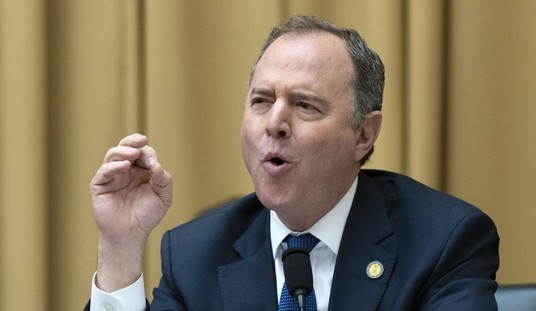This just in: “TV is increasingly for old people,” the Washington Post’s Cecilia Kang discovered yesterday:
The median age of a broadcast or cable television viewer during the 2013-2014 TV season was 44.4 years old, a 6 percent increase in age from four years earlier. Audiences for the major broadcast network shows are much older and aging even faster, with a median age of 53.9 years old, up 7 percent from four years ago.
These television viewers are aging faster than the U.S. population, Nathanson points out. The median age in the U.S. was 37.2, according to the U.S. Census, a figure that increased 1.9 percent over a decade. So to put that in context of television viewing, he said TV audiences aged 5 percent faster than the average American.
“TV is increasingly for the old, and the Internet is for the young,” Kang began her article. Yes, we know — In 2005, I wrote a post titled “The Graying of Big Media’s Audience,” in which I quoted George Will, who noted:
The combined viewership of the network evening newscasts is 28.8 million, down from 52.1 million in 1980. The median age of viewers is 60. Hence the sponsorship of news programming by Metamucil and Fixodent. Perhaps we are entering what David T.Z. Mindich, formerly of CNN, calls “a post-journalism age.”Writing in The Wilson Quarterly, in a section on “the collapse of big media,” he rejects the opinion of a CBS official that “time is on our side in that as you get older, you tend to get more interested in the world around you.” Mindich cites research showing that “a particular age cohort’s reading habits do not change much with time.”
I also quoted from my then-recent interview with Brian Anderson of City Journal, who told me:
Let’s consider the media universe. With news and opinion, a lot depends on where people are gravitating for their information, and here the traditional or mainstream media, overwhelmingly liberal in orientation, are losing sway–with astounding rapidity. Writing in the New Yorker recently, the media critic Ken Auletta pointed out something I hadn’t noticed: the commercials on the Big Three network newscasts are frequently hawking drugs like Viagra and Mylanta, and the broadcasts themselves often focus on health issues. There’s a reason for that emphasis on infirmity: the average age of a network news watcher is now 60; only about 8 percent of viewership is between 18 and 34. Ten years ago, 60 percent of adult Americans regularly tuned in to one of the network newscasts. Now it’s only about one in three. And people have lost trust in the mainstream outlets. A Pew Research poll last year found that just 21 percent of its respondents viewed the New York Times as a trustworthy news source–a figure below that of Fox News, it’s worth noting.Americans are increasingly turning to new media to get informed. About 40 percent of Americans now watch cable news broadcasts. One in five Americans, maybe even more, look to political talk radio for knowledge of the world. Around 12 percent–26 million Americans–are now reading political blogs, a medium that didn’t really exist a few years ago (and even more are using the Internet more broadly for information). And in the new media, the Right either dominates (as with talk radio and increasingly cable news, where Fox News is the ratings giant) or has at least as much influence as left-of-center sources (as with the Internet and Blogosphere).
As George Will concluded:
The future of the big media that the young have abandoned is not certain. But do you remember when an automobile manufacturer, desperately seeking young customers, plaintively promised that its cars were “not your father’s Oldsmobile”? Do you remember Oldsmobiles?
Oldsmobile produced its last car in 2004; the brand-name didn’t even survive until 2009 when the Obama administration seized General Motors and effectively took, at least for a time, government control of a formerly independent corporation. Of course these days, most TV network employees — certainly most TV on-air talent — are effectively Democrat operatives with bylines. But as they indicated in a column back in February, the far left Salon would be happy to see the television networks — and the film industry as well — officially under state-run control.
Sure, nationalized socialism didn’t work out so well for Germany. And the Soviet Union. And pre-Thatcher post-war England. And China. And North Korea. And Cuba. And Venezuela. And…
But it’s gotta work here, right?










Join the conversation as a VIP Member